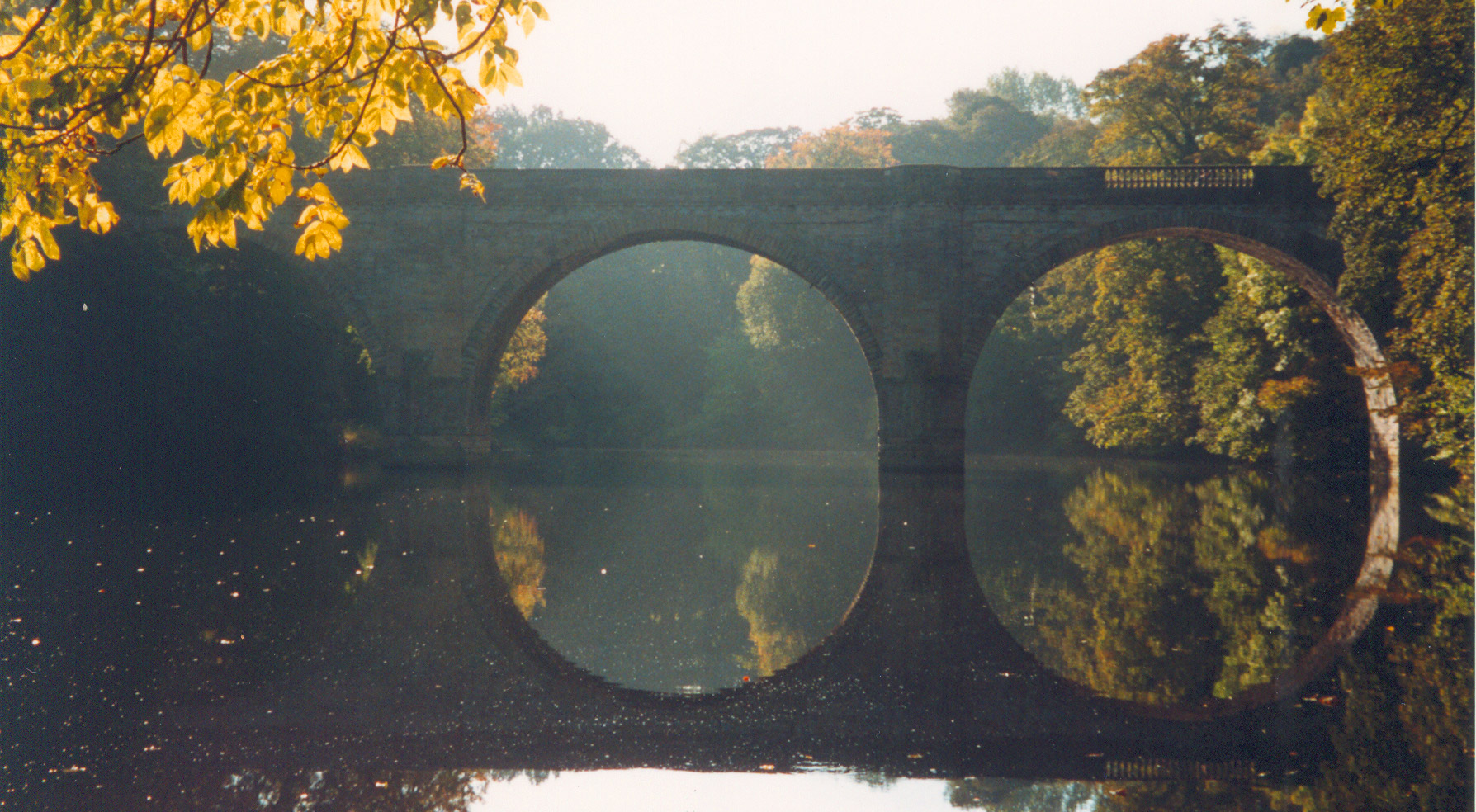World Heritage is for everyone. Partners, the community and UNESCO agree the management plan. We work together to preserve and protect both the fabric and the intangible heritage of this special place for the future. We contribute to the life and economy of the city and region and enable access, learning and interpretation for all.
A Strategic Partnership Board oversees the production and implementation of the management plan. The Board consists of the principal landowners (Durham Cathedral, Durham University, St John’s College and Durham County Council), together with the City of Durham Trust, Historic England and a UNESCO representative. Meeting papers are shared with the City of Durham Parish Council and Durham Local Network.
Partners are currently preparing a new Management Plan for the period 2025-2035. The draft document will be issued for public consultation in the autumn via Durham County Council. The main themes and projects are outlined in the Management Plan Prospectus which was published in 2024 alongside the County Council’s proposals for a new Durham City Strategic Place Plan and Durham City Conservation Area Management Plan.
Why Durham?
Durham was selected for World Heritage Status as it met three of UNESCO’s criteria for inclusion:
Criterion (iv):
“To be an outstanding example of a type of building, architectural or technological ensemble or landscape which illustrates (a) significant stage(s) in human history”.
“Durham Cathedral is the largest and most perfect monument of ‘Norman’ style architecture in England. The small castral (castle) chapel for its part marks a turning point in the evolution of 11th century Romanesque sculpture.”
Criterion (ii):
“To exhibit an important interchange of human values, over a span of time or within a cultural area of the world, on developments in architecture or technology, monumental arts, town-planning or landscape design”.
“Though some wrongly considered Durham Cathedral to be the first ‘Gothic’ monument (the relationship between it and the churches built in the Île-de-France region in the 12th century is not obvious), this building, owing to the innovative audacity of its vaulting, constitutes, as do Spire [Speyer] and Cluny, a type of experimental model which was far ahead of its time.”
Criterion (vi):
“To be directly or tangibly associated with events or living traditions, with ideas, or with beliefs, with artistic and literary works of outstanding universal significance. (The Committee considers that this criterion should preferably be used in conjunction with other criteria)”.
“Around the relics of Cuthbert and Bede, Durham crystallized the memory of the evangelising of Northumbria and of primitive Benedictine monastic life.”

